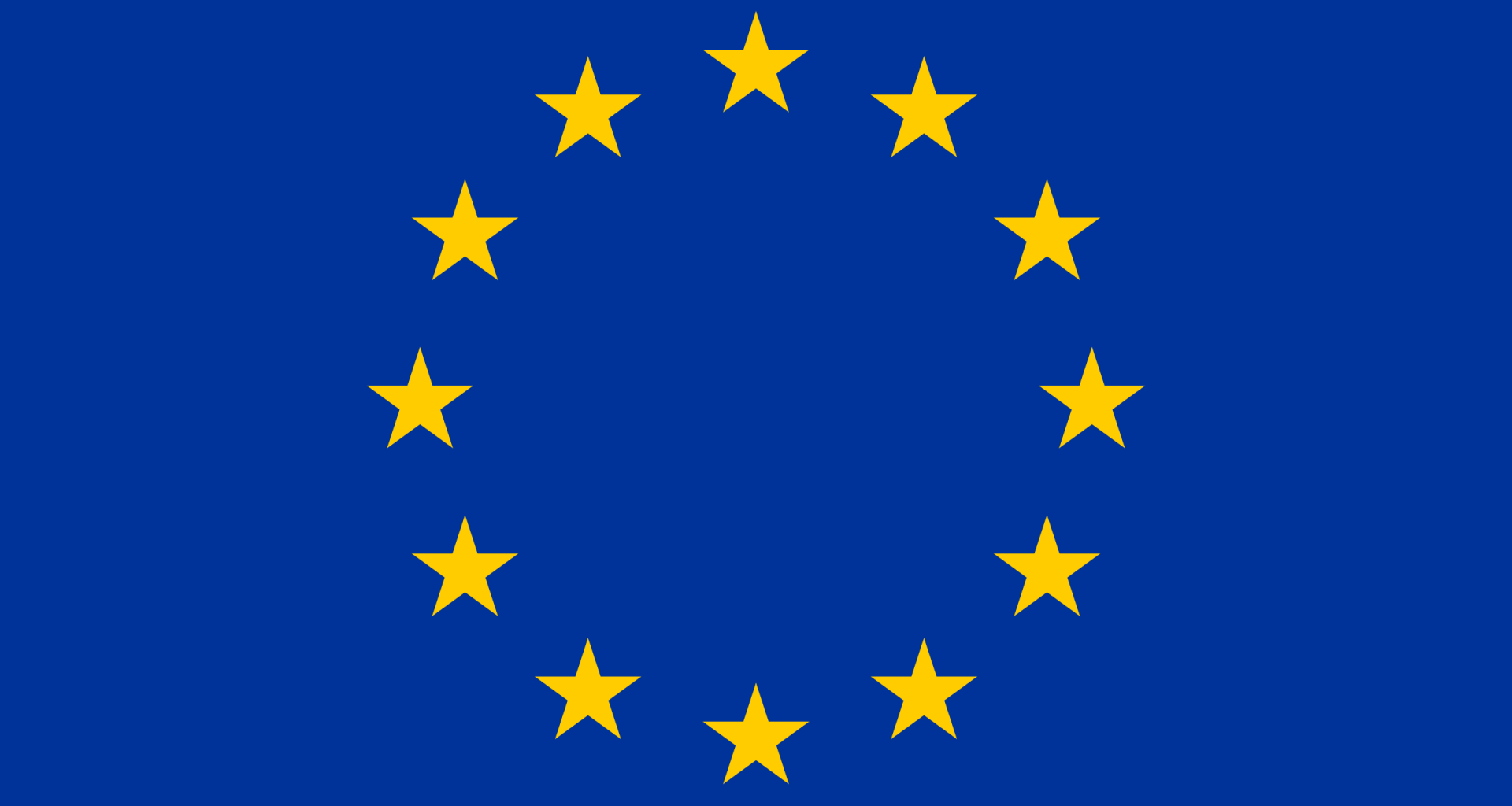Highlights from the hearings of the new EU Commissioners
by Giuliana Miglierini The hearings of the Commissioners-designate before the relevant committees of the European Parliament closed with…

Browsing Category